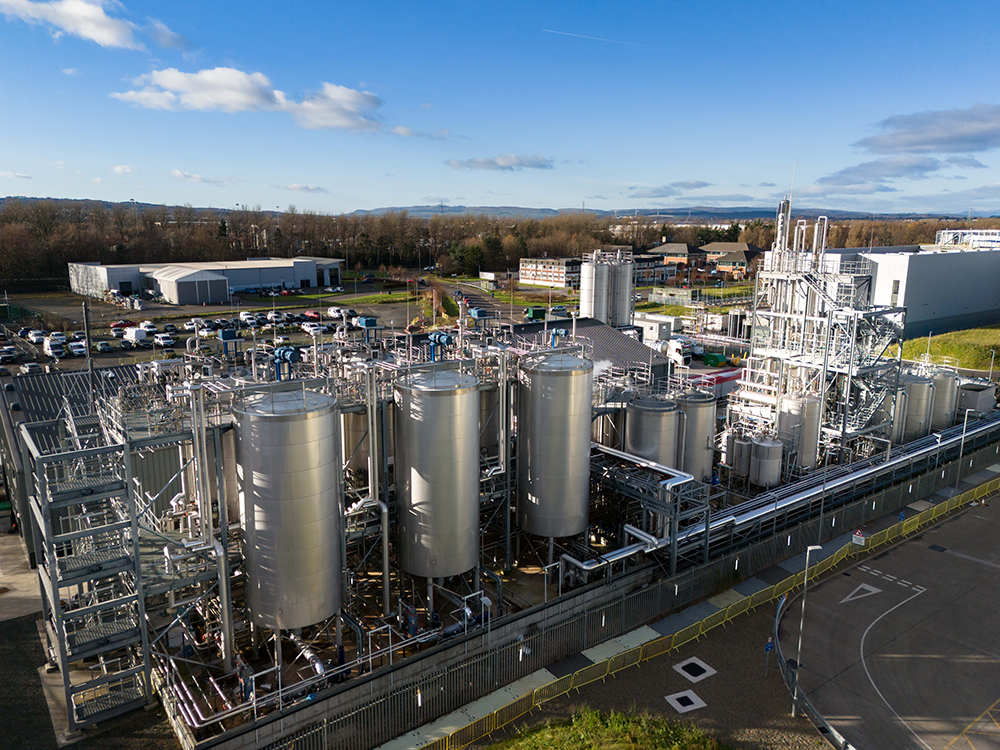Outputs of chemicals in the U.S. are contracting and will continue to do so well into 2024. But there is hope – a rebound is projected for 2025. The top three opportunities from a global perspective include demand for sustainable alternatives, digital transformation and advanced materials for the high-tech industry. Olaf Gierlichs-Steffens, senior underwriter at Atradius, weighs in on why we should be paying close attention to the industry.
As the global clean energy transition evolves, we may see impacts in a variety of industries. The chemicals industry provides an excellent barometer of how the transition to renewable energy will affect companies.
As chemicals services touch many different sectors downstream and companies emerge from the economic downturn of the last few years, the efforts in support of sustainability will be important and will vary greatly among countries.
While a rebound in demand for chemical products could happen in various regions, economic development, investments in infrastructure and technological advancements, will all make a difference in how each region fares. Regions with strong industries that utilise chemicals in the production of goods, such as automobiles, electronics and construction, could experience increased demand.
Opportunities for growth
The chemicals industry has seen many opportunities in 2024. There is a growing demand for sustainable solutions across the industry and this provides companies with the opportunity to gain market share if they can offer new solutions.
This may help attract consumers and businesses alike and provide a boost for business development. In addition, technological advances such as artificial intelligence, data analytics and automatization will also offer opportunities for expanding the use of chemicals in various applications. These developments may allow the chemicals industry to improve efficiency, reduce costs and develop innovative products and processes by using new technology.
Also, there has been a global shift toward health and wellbeing in recent years, especially since the pandemic. This could present some benefits for the chemicals industry, a new avenue for businesses to revolutionise products that contribute to public health, such as pharmaceuticals, personal care items and hygiene solutions.
Challenges ahead
However, there are challenges as well. One of the main challenges is regulatory pressures, which continue to increase globally. Stricter regulations aimed at reducing environmental impact and improving safety standards may create disruptions for companies in the chemicals industry as they work to adapt while maintaining profitability.
Also, the chemicals industry is highly dependent on raw materials sourced from various regions across the globe. Potential supply chain disruptions, caused by geographical tensions, natural disasters or logistical issues will need to be managed in a timely manner to avoid shipping delays, among other concerns. Specifically, regions affected by conflict or political instability may face additional roadblocks resulting in a lack of consistent supply.
Furthermore, the chemicals industry is characterised by intense competition and ongoing market consolidation. Larger players often have economies of scale and greater resources to invest in research and development, innovation and marketing. This may cause smaller companies to struggle to remain competitive.
Another variable that could impact the chemicals industry in 2024 is energy prices. If a decline in energy prices did occur, the chemicals industry can produce with lower input costs and that would have a positive impact on profitability. It would also increase the options for future investment in research and development, which would benefit the industry. However, if energy prices increase, chemicals companies would have to increase their production costs, which would negatively impact profitability and investment opportunities.
Mitigating risk
To mitigate risk, there are some steps chemical companies can take. Businesses should conduct a thorough risk assessment to identify potential challenges associated with transitioning to sustainable alternatives. This includes looking at market trends, analysing regulatory changes and technological advantages and mitigating any risks that arise. In addition, establishing strategic partnerships and collaborations within the industry can provide valuable resources and expertise that may help navigate the transition towards sustainability.
Also, supply chain transparency is increasingly relevant in this context. Companies may seek to ensure that their suppliers adhere to environmentally friendly practices and utilize renewable energy sources to ensure the process is clean.
For increased risk management, it will be important to continue to diversify business decisions by sourcing raw materials, to avoid reliance on one resource alone. Increasing inventory levels is a good idea as well, allowing for flexibility in the face of any supply chain disruptions. Companies will also want to hedge against currency fluctuations and strengthen their contingency plans to safeguard against potential interruptions to operations.
The next three years are critical for the chemicals industry as it transitions away from fossil fuels, and businesses should monitor any ongoing policy changes. While we expect to see some rebounding in the industry, the transition to clean energy will require some significant financial investments, so the industry should be prepared.
Atradius Senior Underwriter Olaf Gierlichs-Steffens is the Atradius Trade Sector Expert for the chemicals industry, and is in Cologne, Germany. He started his career in 1987 at Atradius and has worked as a senior underwriter since 2005.









